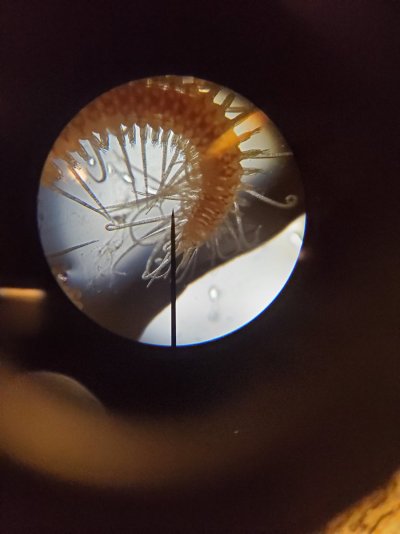So my wife had me clean and move a bookshelf on the side of the tank today and I've been enjoying a view of the tank I haven't had and noticed the sand bed was pushed up on the glass.
Low and behold I see worms in the sand I don't recognize. I'm terrified for the worst ID possible, but I can't find anything that looks like these on the Googles.
Thanks in advance. Let me know if I need to nuke the whole house!
B
Low and behold I see worms in the sand I don't recognize. I'm terrified for the worst ID possible, but I can't find anything that looks like these on the Googles.
Thanks in advance. Let me know if I need to nuke the whole house!
B
Attachments
Last edited:




















